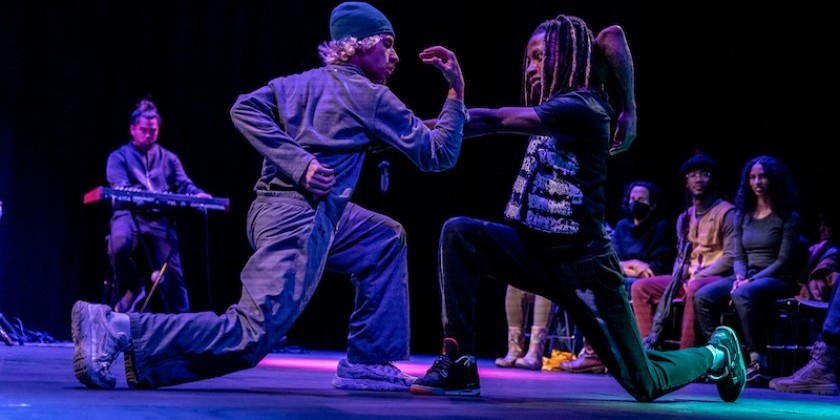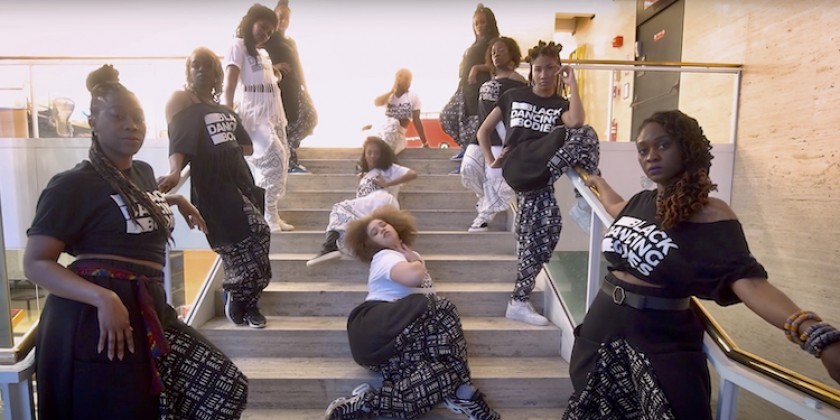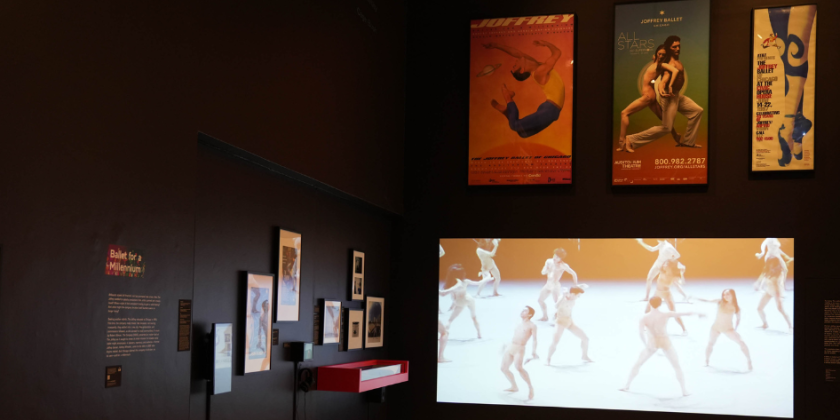DAY IN THE LIFE OF DANCE: The Guggenheim's Works & Process Presents The San Francisco Ballet with Tamara Rojo and Aszure Barton
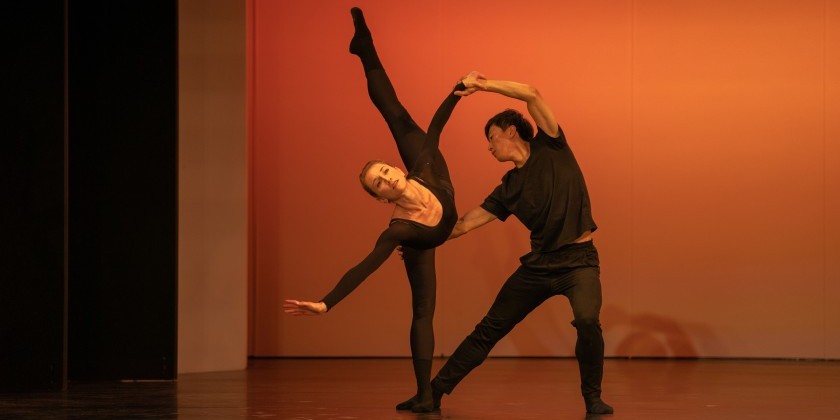
A New Vision - "Mere Mortals"
Mere Mortals
Choreographers: Aszure Barton with Music by Floating Points
Panelists: Aszure Barton, Choreographer; Doug Fullington, Moderator, Tamara Jojo, SF Ballet Artistic Director
Performances: SF Ballet principal dancers Jennifer Stahl and Wei Wang.
Date: October 15, Peter B. Lewis Theater
Venue: Solomon R. Guggenheim Museum
Everyone is talking about AI these days, including Tamara Rojo, the artistic director of San Francisco Ballet. It seems the recent writers’ strike in Hollywood has focused our minds on the threat of artificial intelligence in a way that multiple seasons of Battlestar Galactica failed to do. San Francisco Ballet will address this timely phenomenon in a ballet called Mere Mortals, scheduled to premiere in January 2024, at the War Memorial Opera House, as part of Rojo’s first planned season.
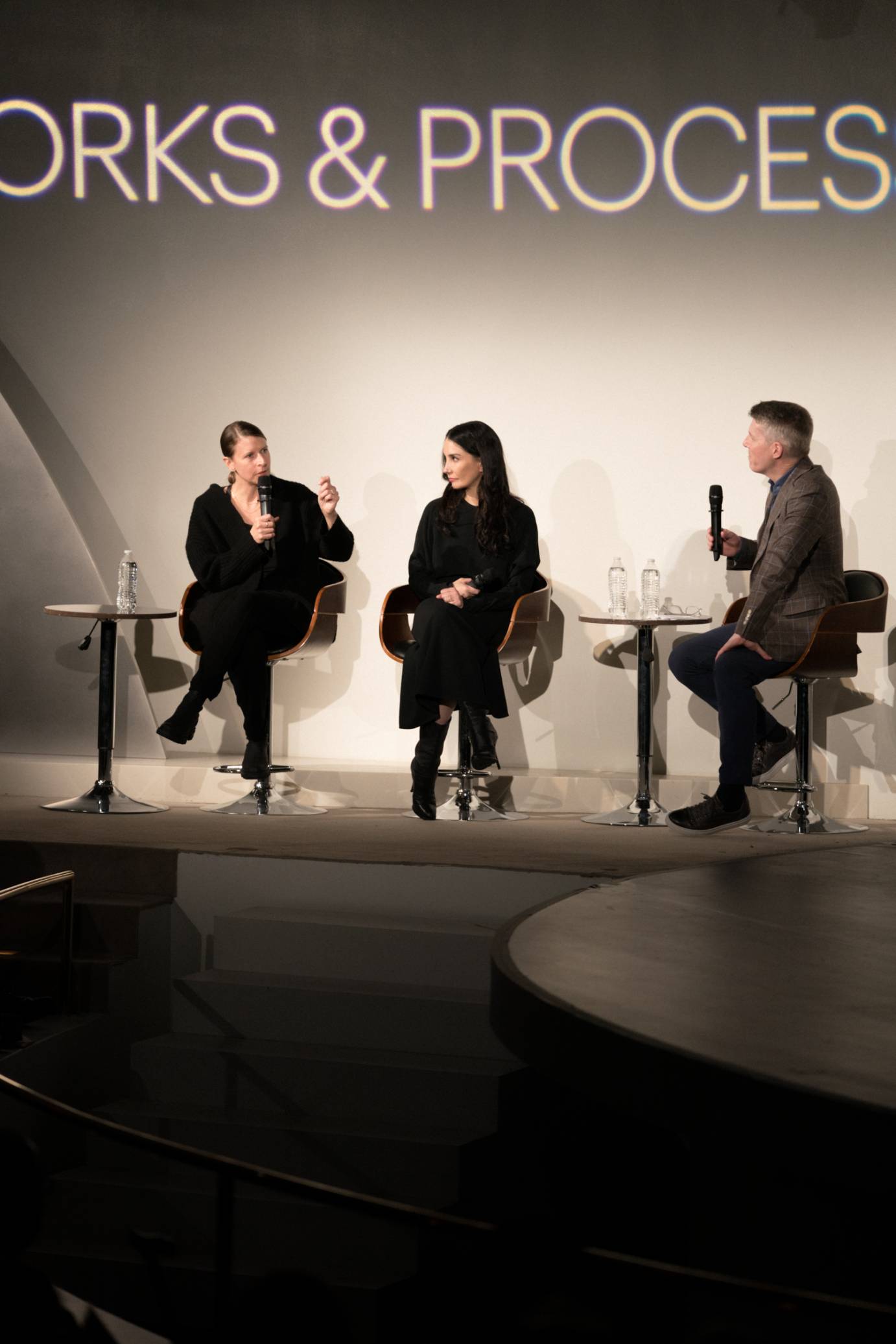
Aszure Barton, Tamara Rojo, and Doug Fullington. Photo by Titus Ogilvie-Laing
Mere Mortals does not have evil Cylons in it, but, according to Rojo, it will have a Buchla synthesizer in the orchestra pit processing some portion of the ballet’s commissioned score by Floating Points, aka Sam Shepherd, a composer who is also an epigeneticist. (Isn’t that scary?) Rojo, who spoke about the project on October 15, as part of the Works & Process series at the Solomon R. Guggenheim Museum, claimed, however, that Mere Mortals will employ “ethical artificial intelligence.” The new work will engage ballet audiences with a “moral question that we as a society should be asking ourselves,” she said. Hmnnn…..
Rojo has placed her finger on a sore point — the rapid adoption of new technologies by a society that seems to have lost its moral compass. Can we trust our scientists to make ethical decisions? Could we ever? Ballet audiences have been familiar with crackpot inventors attempting to replace humans with machines ever since Coppélia (1870), but the reality taking shape before our eyes is more like a prequel to The Terminator. Maybe we really should pause to give some thought to our relationship with technology. Wake up, ballet audiences!
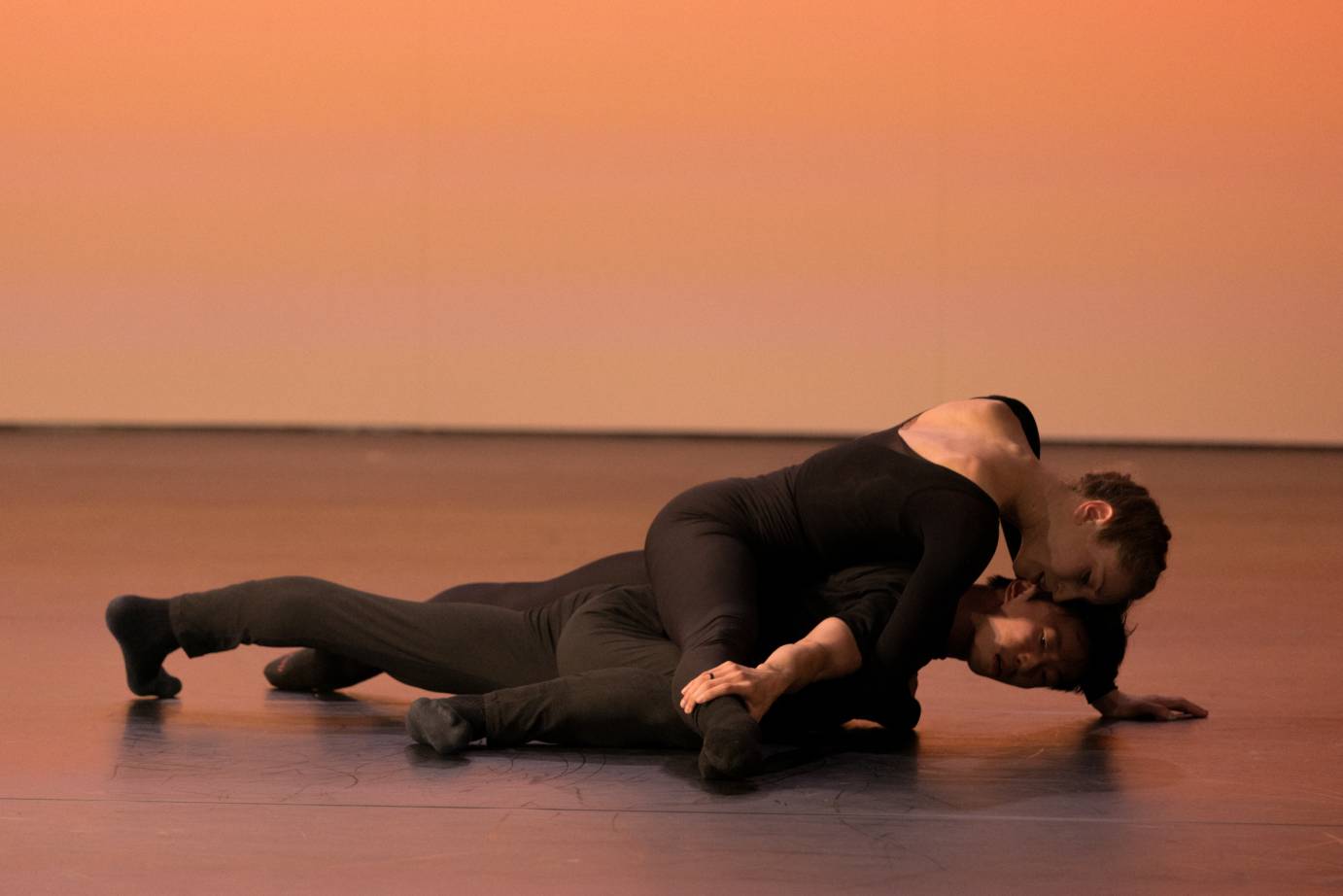
Prompted by the affable moderator, historian Doug Fullington, Rojo said the idea for Mere Mortals came to her after listening to classicist Natalie Haynes discuss the Greek myth of Pandora on a BBC radio program. Pandora, who was said to have released all the evils of the world, appears as a character in the ballet (danced by Jennifer Stahl), as does the besotted Epimetheus (Wei Wang), who, in some versions of the legend, shares Pandora’s guilt. Rojo wanted to give Mere Mortals a narrative backbone, since unlike classic myths, the technology used to create the ballet might become dated.
Rojo also selected the ballet’s creative team, which in addition to Floating Points includes his past collaborators, Spanish scenic artists Pablo Barquín, Anna Díaz, and their hi-tech company, Hamill Industries. The latter are fashioning an “immersive” environment composed of video and colored light, parts of which are fixed while other parts respond in real time to events on stage. American choreographer Aszure Barton was assigned the task of creating movement, and was also at the Guggenheim discussing her search for a language particular to this ballet. Barton revealed that she has been working with a cast of 43 dancers, and that her choreography involves a lot of floor-work. In a way that remained unexplained, the dancing and the music will interact.

No one can predict exactly how Mere Mortals may change from one performance to the next, Rojo said. If the ballet runs amok on opening night, however, there will be plenty of human responsibility to go around. Don’t blame the Algos! They aren’t really alive….








